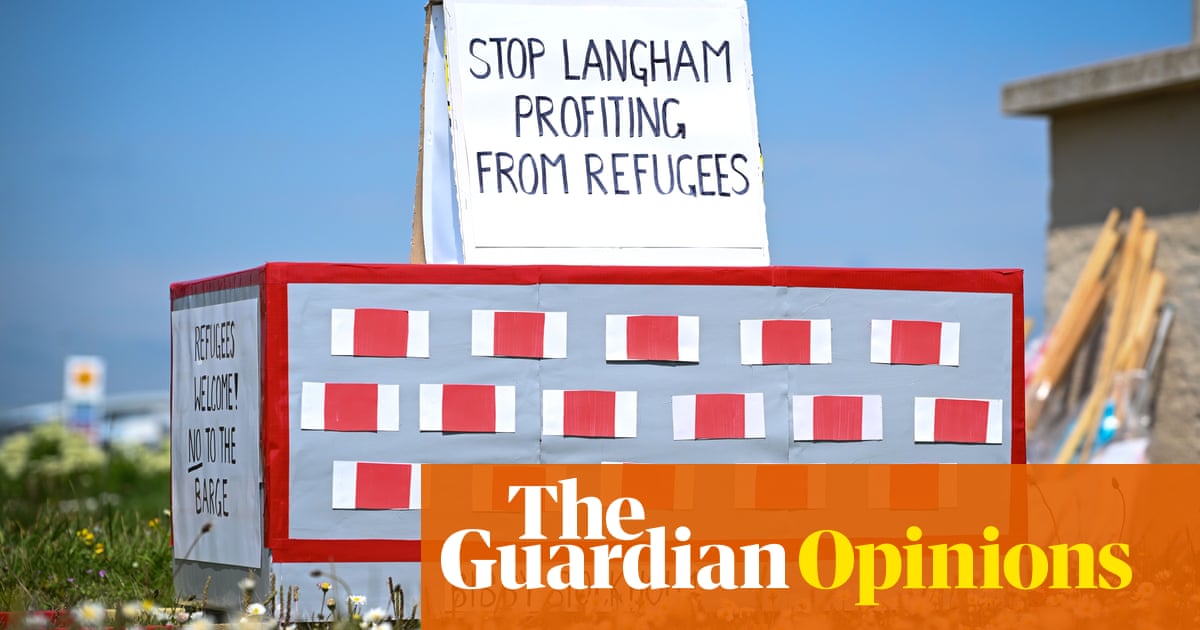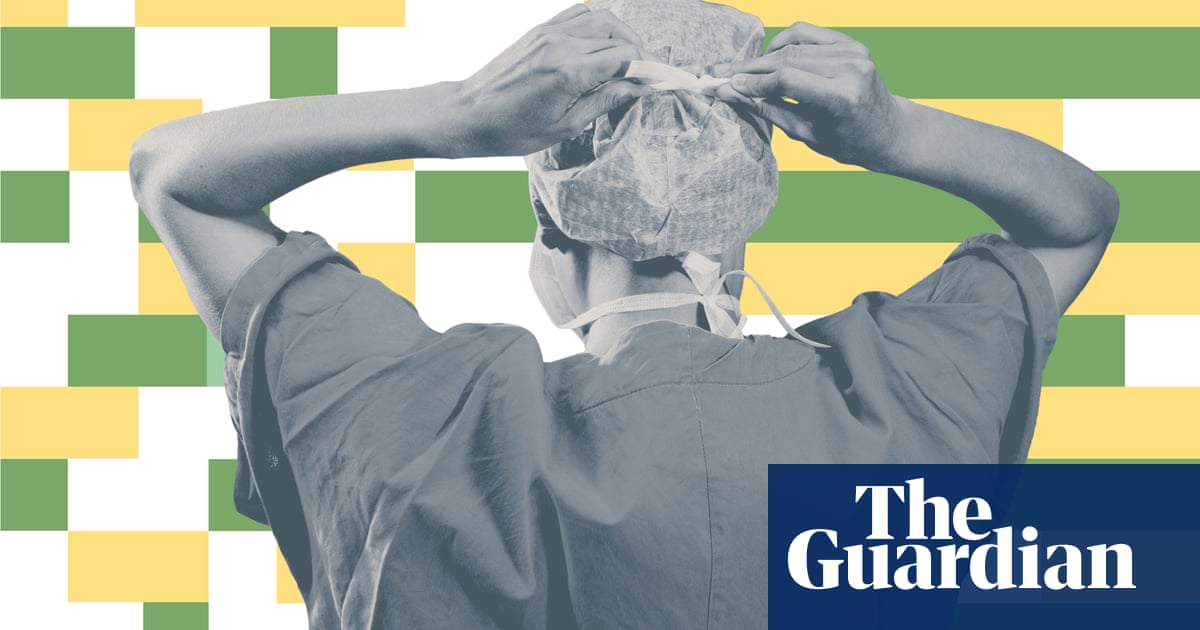
Friends of the Iranian regime have been redoubling their efforts to convince Joe Biden to return to the nuclear deal with Tehran. But their problem is not with the US president, who has said and done all the “right” things, such as agreeing to ease the conditions that forced South Korea and Iraq to freeze the Iranian funds held there and accepting a European invitation to talk to Tehran. Their problem is with Supreme Leader Ali Khamenei, who is fixated on Iran becoming economically self-sufficient in the belief that it will make the country immune to the effects of US sanctions.
In his speech on the occasion of the Iranian new year, Khamenei called on Iranians to focus on increasing their economic output and to “presume that sanctions will remain” — in other words, presume no return to the nuclear deal. “Make plans for the economy with sanctions,” he added.
Khamenei first proposed adopting what he calls the “resistance economy” in 2007. Ten years later and just a year after the nuclear deal had come into effect and US sanctions were lifted, the supreme leader declared 2017 to be “a year of resistance economy, production and employment.”
This is because, although Khamenei approved the nuclear deal, he also warned against “Western deception” and predicted economic decline for Iran. He was wrong. For, while the deal did not create an economic boom, it stabilized the economy. Achieving any kind of prosperity would have required foreign investment, but corruption and Iran’s notorious bureaucracy were enough to deter potential investors, never mind any fears about instability and future sanctions.
And yet, for all Khamenei’s warnings about Western deception, the West has tried to help Iran attract investment. Most recently, just this January, the International Crisis Group published a paper calling on European governments to offer tax credits to companies willing to invest in Iran. The EU duly obliged and last month held a forum for potential investors. This was the West going beyond merely lifting sanctions, which Iran desperately needed — but still Khamenei was unimpressed.
When Donald Trump restored US sanctions in 2018, the Iranian economy nosedived. President Hassan Rouhani and Foreign Minister Javad Zarif both took the view that, if sanctions were lifted again (implying a willingness to cooperate in the nuclear deal), it would halt the economic freefall. However, Khamenei had other ideas. He saw Trump’s decision to pull the US out of the nuclear deal as proof of what he had warned about all along: America was duplicitous; dealing with the West did not bring prosperity. Self-sufficiency — his resistance economy — was the only way out of hardship.
In his book “The Last Shah,” Ray Takeyh, a senior fellow at the Council on Foreign Relations, states that, since the clerics took over in 1979, they have not been able to agree on economic policy. While religious hard-liners support private property and commerce, they fear that reliance on exports and foreign creditors will diminish Iran’s independence. In their view, Takeyh adds: “The more Iran becomes entangled in the global economy, the less it may be willing to challenge the West,” leading the hard-liners to “call for the development of Iran’s internal markets and the cultivation of economic ties with neighboring states, such as Iraq and Afghanistan.”
But the problem with economic self-sufficiency is that it has failed wherever it has been tried, most notably in the former Soviet Union. Other communist models, like China, have yielded more promising results but don’t come close to self-sufficiency. Despite the size of its economy, China imposes capital controls. When it experimented with easing them, it suffered capital flight and unplanned currency devaluation.
What Russia and Iran don’t seem to have figured out is that, for economies to be strong, they need three things: Stability, predictability and the rule of law. These are the pillars that attract foreign investment and boost economic growth. Competition in the market makes national production more efficient, while closed economic zones, like the one Khamenei aspires to, result in inefficient monopolies producing goods that are not competitive even for the domestic market, let alone for export.
The alternative to Khamenei’s self-sufficiency is Iran living off oil rent, which is what Rouhani and Zarif want. But, even then, energy powerhouses such as the Gulf nations have found it necessary to rely on non-energy sectors that can compete globally and that require maintaining good relations with as many countries as possible, which boosts trade and economic growth.
The problem with economic self-sufficiency is that it has failed wherever it has been tried.
Hussain Abdul-Hussain
Aging clerics like Khamenei were not schooled in economics and seem to think running a national economy is no different from managing one’s personal finances. They don’t understand that buying and importing isn’t enough; one has to produce and sell, too. The fact is that, in the 14 years since Khamenei first advocated it, the resistance economy has never worked.
As long as Khamenei thinks self-sufficiency is possible, he will not seek the restoration of the nuclear deal and the Iranian economy will keep sinking. To reverse that trend, Khamenei would have to make less war and more peace. But that is a policy that goes against the very raison d’etre of the Iranian regime.
Hussain Abdul-Hussain is the Washington bureau chief of Kuwaiti daily Al-Rai and a former visiting fellow at Chatham House in London. Copyright: Syndication Bureau
Disclaimer: Views expressed by writers in this section are their own and do not necessarily reflect Arab News" point-of-view












